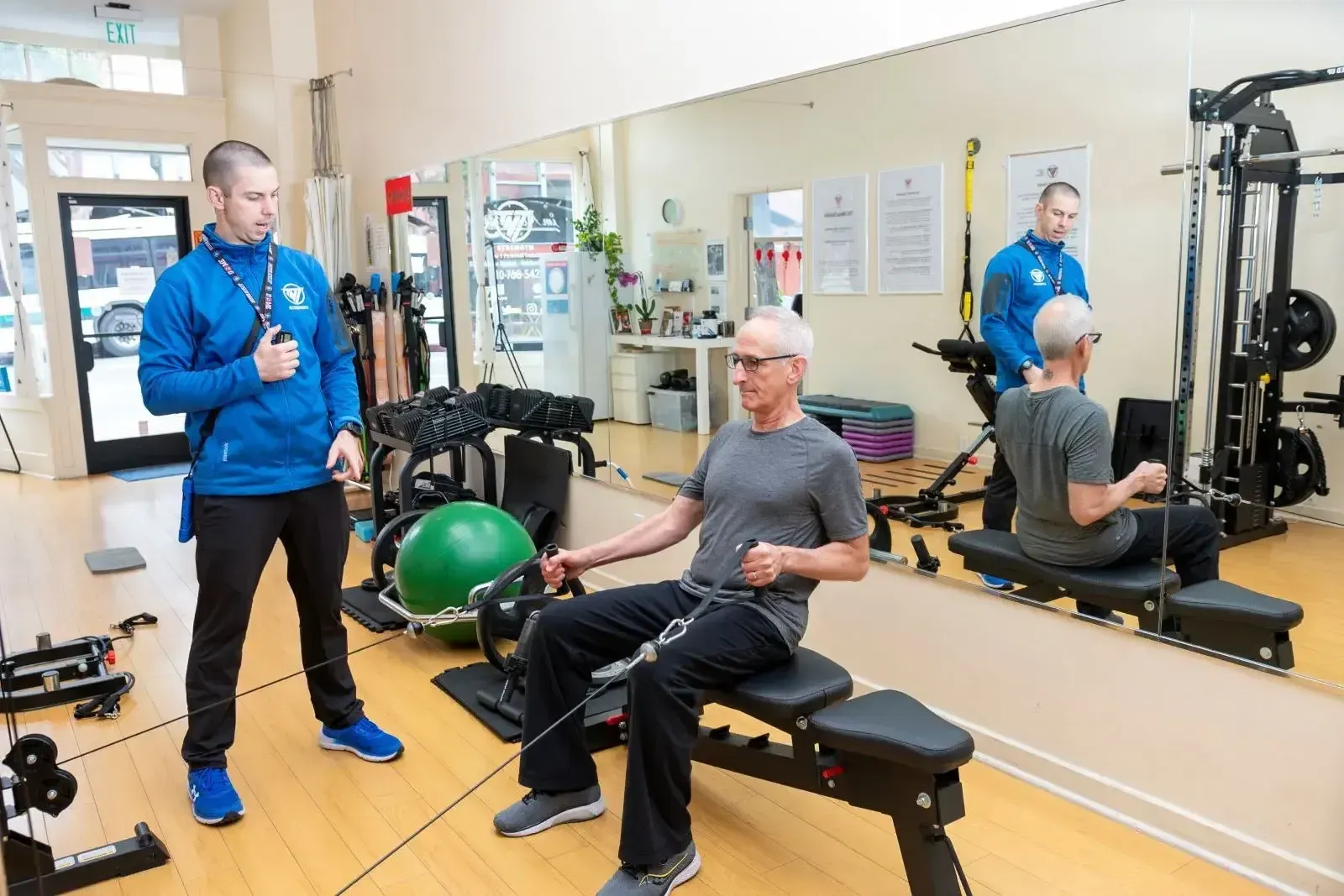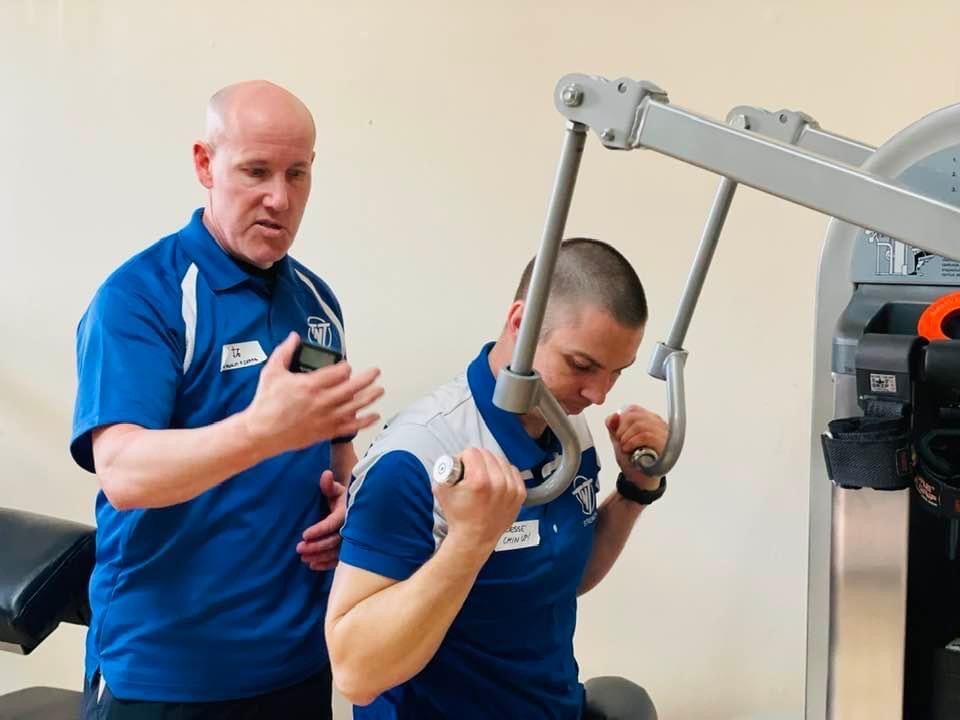Strength Training as Fall Prevention: What the Evidence Shows
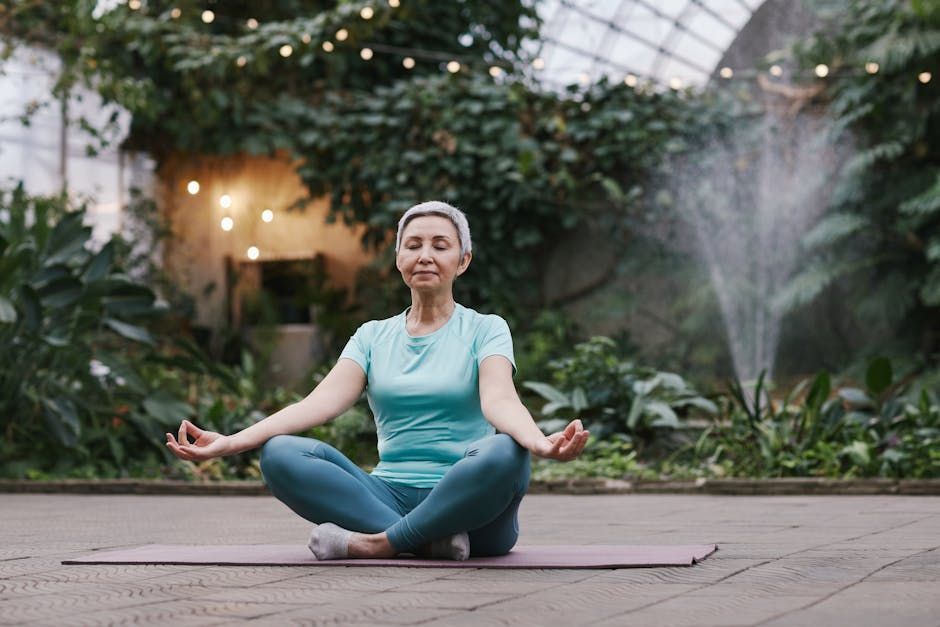
If you're over 60—or work with those who are—you've probably heard the phrase "I'm just afraid of falling."
And with good reason.
Falls are the leading cause of injury-related death among adults 65 and older , according to the CDC . One in four older adults falls each year, and many of those falls lead to broken hips, lost independence, or worse.
But here's the good news:
Strength training is one of the most effective tools we have to reduce the risk of falls.
I'm not talking about gimmicks or standing on the BOSU or balance boards. I mean real resistance training —progressive, controlled, strength-focused work tailored to your level.
Let's dig into the evidence and then break down exactly how you (or your loved ones or clients) can implement this today.
Why Do Falls Happen in the First Place?
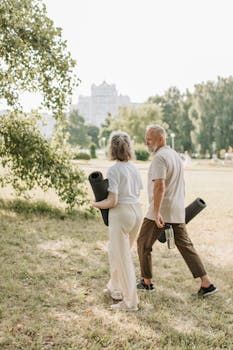
Most falls in older adults come down to loss of muscle mass (sarcopenia) , impaired balance , and slower reaction time . As we age, our muscles weaken, our joints stiffen, and our nervous system becomes less responsive. Without targeted intervention, it's a slow slide toward fragility.
But strength training reverses this trend— improving muscular strength, stability, and neuromuscular control .
What the Research Says
Don't just take my word for it. The research is clear:
A 2022 systematic review
published in BMJ Open found that progressive resistance training significantly reduced fall risk
in community-dwelling older adults
https://bmjopen.bmj.com/content/12/3/e051866
The FICSIT trials
, a landmark set of studies on older adults, showed that high-intensity strength training improved muscle strength, gait velocity, and functional mobility
, all of which contribute to fall prevention.
https://pubmed.ncbi.nlm.nih.gov/8439122/
A 2023 review in the Journal of Frailty & Aging
confirmed that resistance training improves physical function
and helps maintain independence
—a key factor in staying fall-free.
https://www.jfrailtyaging.com/article/view/484
What This Means for You (or Your Clients)
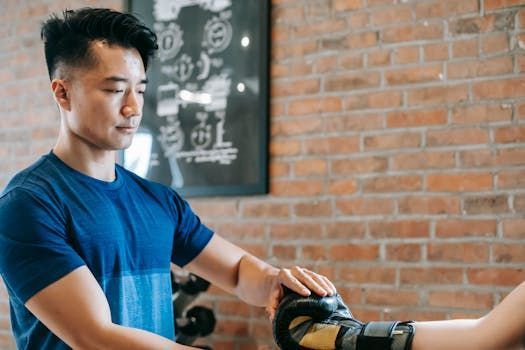
Whether you're an older adult, a family member, or a clinician working with aging clients, here's the takeaway:
Strength training is not optional—it's essential.
It's safe. It's scalable. And when properly programmed, it's one of the most powerful fall prevention tools we've got.
How to Strength Train for Fall Prevention
Here are some practical guidelines to get started:
Train 2–3 Days Per Week
You don't need to train every day. Just two full-body strength sessions per week can yield big results.
Focus on the Fundamentals
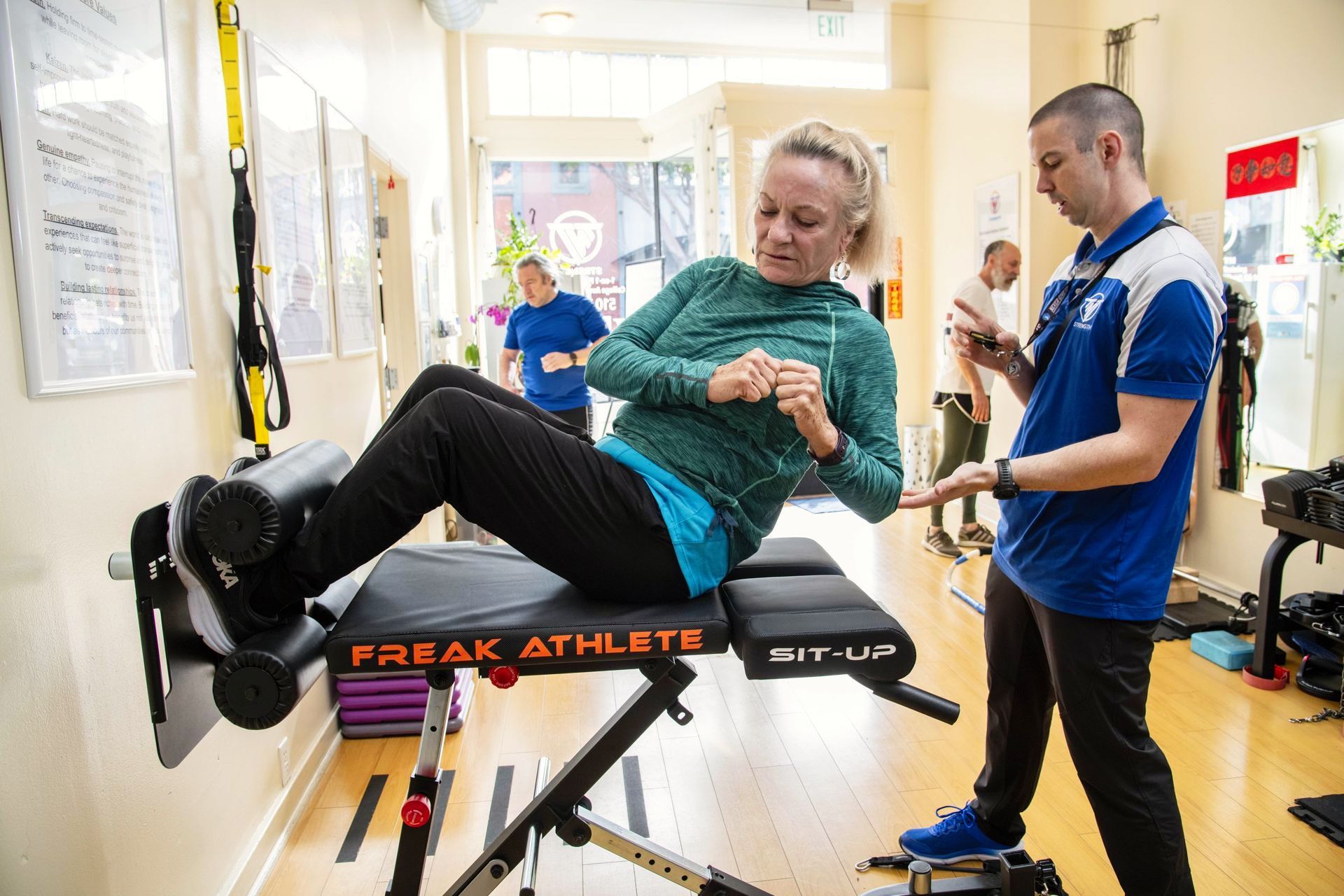
Prioritize movements that strengthen:
- Legs: Leg press, squats, step-ups
- Hips and Mid-Section: Glute bridges, hip abduction, slow abdominal work
- Upper body: Rows, presses, and grip-strengthening exercises
Use Slow, Controlled Tempos
Fast, jerky movements increase risk. At TNT Strength , we emphasize slow, controlled reps— 3–5 seconds on the way up, 3–5 seconds on the way down . This builds strength and body control.
Progress Safely
Start light. Master form. Then slowly add resistance over time. If you're unsure, work with a qualified coach who understands evidence-based training principles.

TAKU'S NOTE:
Falls are scary—but they're not inevitable
. With consistent strength training, older adults can improve confidence, balance, and mobility
, and reduce fall risk dramatically.
If you're ready to get stronger, stay upright, and live life on your own terms, we're here to help.
Let's train smart, safe, and strong—so you can keep doing the things you love, without fear.
Liam "TAKU" Bauer
Co-founder, TNT Strength
Coach. Educator. Strength Advocate.
Three more papers by Dr. Wayne L. Westcott
1. Weight training improves walking endurance in healthy elderly persons (1996)
2. Long-term resistance training in the elderly: effects on dynamic strength, exercise capacity, muscle, and bone (2‑year RCT)
3. Strength training in the elderly: effects on risk factors for age‑related diseases (2000)
Experience the TNT Strength difference with a free workout.
START YOUR FITNESS TRANSFORMATION WITH A
FREE WORKOUT
Complete the form and we'll set up an appointment for you.

